Political chat en route for Arctic Frontiers
I have arrived in Tromso after a flight with some spectacular views (until the early dark came down) and interesting company. I was sitting beside Anne-Grete Strom-Erichsen, ex Norwegian Minister for Health and for Defence. She will be co-chairing the health session in the Tuesday high-level segment. She was reading an article on the Arctic in one of the main Norwegian dailies entitled “A Living Region” and summarized the gist of it for me as the need for international cooperation to deal with the challenges ahead for this high Northern region.
She reckons this year’s Arctic Frontiers is very high profile in Norway. The attendance of the Prime Minister shows the extent of Norway’s interest in Arctic development, she said. Although this is not her government, the Social Democrat ex-Minister does not expect anything to change with regard to Norway’s Arctic policies in general because of the key importance of the region putting it high on the list of political priorities. (Of course any politician will tell you their policies are better, but we just touched on that tongue-in-cheek).
I asked her about the environmental and climate impacts. “It’s a dilemma”, she said. “The world needs oil”. So far, she doesn’t really see an alternative, at least not in time and on the necessary scale. She thinks the debate over climate and emissions is growing in Norway though. And like other Arctic politicians I have talked to, she stressed the importance of international negotiations to tackle the emissions problem.
On the way to my hotel I met a representative from the British Embassy in Oslo. She told me several colleagues will be joining her, because the British government allocates great importance to the Arctic and its own Arctic strategy. During the week she will be following sessions on “Search and Rescue” – because of the increasing number of British tourists on cruise boats. Hm. As I said in the last post, there will be a lot of scope for discussion on the compatibility of commercial interests with environment protection up here this week.
Updates on Twitter @iceblogger
Arctic Frontiers: Humans in the Arctic
“Development in the Arctic: Upcoming opportunities and challenges and how they may be met to ensure viable economic growth and societal and environmental sustainability”. That’s what’s on the agenda at this year’s Arctic Frontiers conference in Norway’s “Arctic Capital” from Jan. 19th onwards. If you think that sounds like a tall order – you’re not the only one. And it provides unlimited scope for debate and exchanges of opinion. The Arctic is changing fast, with the region warming at least twice as fast as the global average. Political and economic interest in a region that was once regarded as a remote white wilderness at the “back of beyond” is growing rapidly and continuously now that climate change is opening shipping routes and the possibility of accessing oil, gas and minerals more “easily”. Easily in inverted commas because the region remains dangerous, with cold temperatures, winter darkness and still plenty of ice and snow.
Is economic growth and development in the Arctic compatible with protecting traditional lifestyles and the fragile ecosystems up north? I expect to hear some very differing views on that in Tromsö over the coming week. In the media here in Germany, there has been a spate of reports recently on the possible benefits of climate change to people in the High North. Fish moving up from the Atlantic, employment in oil and gas exploration and mining, improved growing conditions for food are amongst the benefits talked about. At the same time, concern continues unabated over the possible environmental impact of pollution from increased commercial and industrial activities.
The number of government ministers attending the Tromso event suggests the level of interest. The host country Norway is sending the Prime Minster Erna Solberg and the ministers for Fisheries and Health. There is bound to be a lot of interest in the speech by Greenland’s Prime Minister Aleqa Hammond, following controversial decisions and debates about uranium mining and other issues. Of course Greenland has a huge interest in development to fund possible independence from Denmark. Finland and Iceland will be represented by their Foreign Ministers. The Chair of the Inuit Circumpolar Council, Aqqaluk Lynge and the President of the Sami Parliament of Norway Aili Keskitalo will be representing indigenous Arctic peoples on the podium at the policy sections.
Here in Germany I have found a heightened interest in coverage of Arctic issues, which were once regarded as very much “off-beat” and of specialist interest. I will do my best to provide that from Arctic Frontiers in Tromsö here on the Ice Blog, on twitter @iceblogger and on www.dw.com over the next week.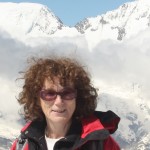
Some more background reading from me:
Russia and Canada rippling muscles in the Arctic?
Greenpeace versus Russia – the tip of the iceberg?
All Eyes on the Arctic Council
Business opportunities boom in the Arctic
More Arctic weather in a warming world?
Polar ice sheets melting faster than ever
Polar ice tipping points
As I get ready to head up to Tromso for the Arctic Frontiers conference and prepare my accreditation for the next routine round of climate talks here in Bonn in March, I find myself with plenty of food for thought.
It seems like not that long ago that scientists were telling us that although the Arctic is clearly melting fast, there was no need to worry about the Antarctic ice melting. But for the past 15 years or so, scientists have been observing that glaciers in West Antarctica are out of balance. Ice shelves have been breaking off and the calving fronts of glaciers have been retreating, draining huge amounts of ice into the ocean. This week I was interested and concerned to read about the results of a modelling effort, using 3 different types of model, indicating a key Antarctic glacier was melting irreversibly.
(Map courtesy of Deutsche Welle)
The Pine Island Glacier in the Antarctic hit the headlines last year when a giant iceberg broke off it. It is a key glacier because it is actually responsible for some 20 percent of the total ice loss from the region. Now scientists have found the glacier is melting irreversibly – with dramatic consequences for global sea levels. For an article for DW entitled Antarctic’s glacier retreat unstoppable, I interviewed Gael Durand of the French University of Grenoble, one of a team of scientists who have just published the new study: “We show that the Pine Island Glacier will continue to retreat and that this retreat is self-sustaining. That means it is no longer dictated by changes in the ocean or the atmosphere, but is an internal, dynamic process”, Durand told me. This will mean an increasing discharge of ice and a greater contribution to global sea level rise. “It was estimated at around 20 gigatons per year during the last decade, and that will probably increase by a factor of three or five in the coming decade. That means this glacier alone should contribute to the sea level by 3.5 to 10 millimetres a year, accumulating to up to one centimetre sea rise over the next 20 years. For one glacier, that is colossal”, says Durand.
I called up Angelika Humbert from Germany’s Alfred Wegener Institute for Polar and Marine Research (AWI) to get an expert opinion on the significance of the new research. She told me 1cm over 20 years would be an “extremely high” amount. The glaciologist, who is also working on models for the Pine Island Glacier, stresses that all models include a degree of abstraction and uncertainty. However, her work also indicates that the glacier will make an increasing contribution to sea level rise in the coming years and describes the new study as a “considerable advance on the results of research to date.” Humbert says the results could well be applied to other glaciers of the same type.
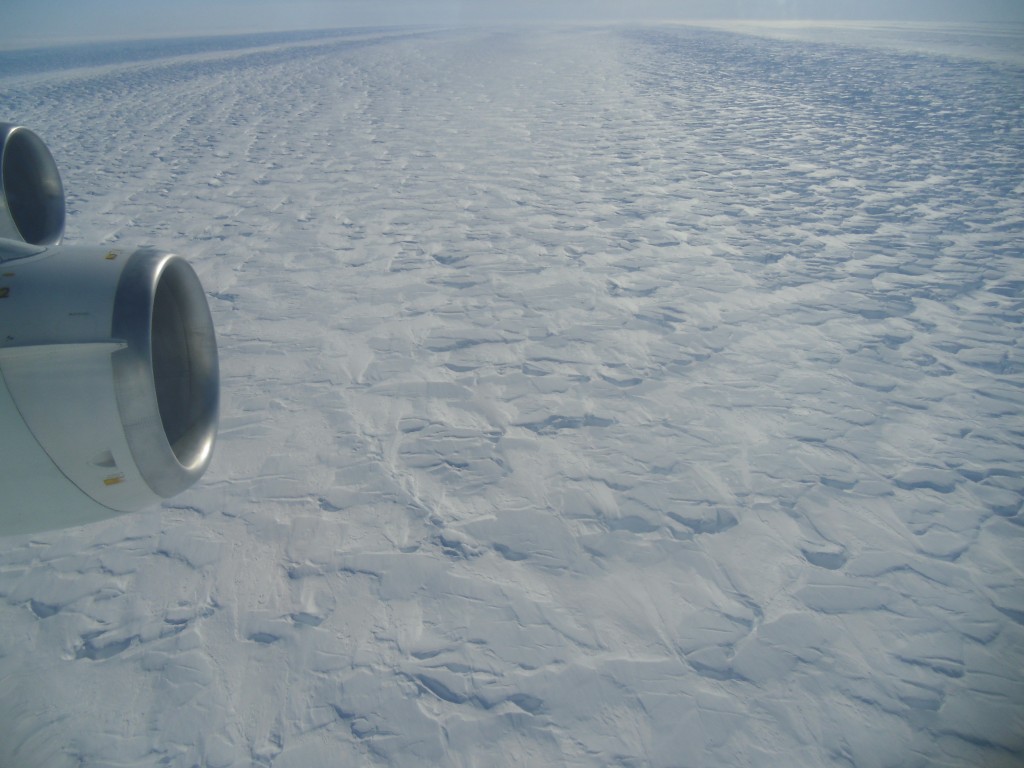
Angelika Humbert from AWI took this picture flying over the Pine Island Glacier in a NASA DC8 as part of the IceBridge campaign in 2011
Durand’s new study shows that the glacier is now flowing at a rate and in a way that makes the process irreversible. Even if the air and ocean temperatures cooled off to what they were a hundred years ago – which is in no way likely – Durand is convinced the glacier would not recover. Durand says the study should arouse concern because the glacier has passed a “tipping point”, a much discussed concept in climate science. “That means because of our behaviour, our climate is changing and will continue to change a lot. I think it is one of the first times we are passing these tipping points.”
The scientist compares the situation to that of a cyclist coming down from the top of a mountain and unable to brake: “We have to fear that the retreat will continue, that other glaciers in the region will start to do the same, and that we will have a collapse of this part of the ice shelf. That would take centuries, but it would mean a rise of several metres in sea level.”
The last report by the Intergovernmental Panel on climate Change (IPCC) warned of the implications if the glaciers of West Antarctica were to become unstable. “Here,” says Durand, “we have proof that that is already happening with this one.”
At the Arctic Frontiers conference two years back, I heard a lot of interesting discussions about climate tipping points. Professor Carlos Duarte Directorof the Oceans Institute at The University of Western Australia and Research Professor with the Spanish National Research Council (CSIC) talked to me at length about tipping points. Let me quote him briefly:
“Tipping Points – or thresholds – are levels of pressures beyond which small response of a property of interest becomes abrupt. Once a system or ecosystem or earth system crosses beyond a threshold, the changes, e.g. in the extent of ice or rate of warming, accelerate greatly, and once the threshold is crossed, it is sometimes very difficult to return to the original state even if pressure is released or reduced.”
We discussed the possible tipping points and warning signs outlined in a key piece of research by Timothy Lenton and others. Some would argue that tipping points have already been crossed in the Arctic region, which is known to be warming at least twice as fast as the rest of the earth. One of Lenton’s other key factors is the West Antarctic ice sheet becoming unstable. Now the “eternal ice” down south could be reaching a kind of “tipping point” in places. Yes, I know this only applies to a particular region of the West Antarctic, but the implications of irreversible glacier melt there are already huge. Greenland and that West Anarctic ice sheet play a key role in storing masses of fresh water, which would have huge implications if they melted. With marine glaciers, like the Pine Island Glaciers, the melt of white ice to expose more dark ocean surface underneath would further increase warming by absorbing solar heat instead of reflecting it back.
With the EU in the news today for considering moving away from binding climate targets, and little progress in sight towards an effective new climate agreement scheduled to be agreed in Paris in 2015, this all puts me in a pensive mood, as I get ready to head north and focus on the implications of the changing climate for “Humans in the Arctic”.
Climate change and the polar vortex
If you live in one of the North American areas hit by the latest big freeze, you may well have been hearing someone say “so much for global warming” over the last week or so. If you live on this side of the Atlantic, you might have been tempted to worry more about climate change if you were being battered by storms or gales. Then there are those here in Germany saying “give me more of this warming”, with the birds tweeting and the bushes blooming as if we were already in the middle of spring.
![]() read more
read more
Santa in distress in a melting Arctic
As I was floating around our local swimming pool to the sound of “Rudolph the red-nosed reindeer” last night, the thought of reindeer in water took my thoughts up north. Poor old Santa must be having a worrying time. Snow and sleighs are the basis of his business. If anybody has to be concerned about what climate change is doing to the Arctic, it has to be Santa. His snowy wonderland is melting twice or even three times as fast as the rest of the planet. Reindeer are threatened by climate change, a new report confirms.
Maybe he is already thinking about some alternative transport. Marine animals to get across an increasingly watery north? Walruses? Whales? Dolphins? But he’d have problems putting them out the back to graze while he distributes the presents and sips his sherry. And in the long-term their food sources could be increasingly problematic with ocean acidification threatening so many species. A hi-tech climate-neutral alternative like the solar plane? Not much good at night. And not nearly as much fun as reindeer.
Then come the territorial disputes, with Canada and Russia arguing over who owns the North Pole. Santa would not want to be caught in the crossfire. And landing on rooftops is becoming increasingly hazardous. Does it count as hooliganism?
His Russian partner “Father Frost” (aka Grandfather Frost or Jack) must be getting a bit worried as well. He’s said to be building a giant freezer to keep Siberia cool – powered presumably with oil and gas from the Arctic.
I’m not the only one to be concerned. Greenpeace have come up with a “Save Santa’s Home” campaign, and a whole set of electronic Christmas cards drawing attention to the plight of our jovial white-bearded gift-bringer. And if you haven’t seen Santa’s Message on video, have a look. And remember we British have a tongue-in-cheek kind of sense of humour. CNN missed that, I think, when they broadcast their own story about the video (although it is not without a sliver of its own biting wit). Reporter Jeanne Moos reminds Santa that “An organisation of climate change sceptics” is talking about “recovering Arctic ice”. The “other side” does (in the interests of unbiased journalism no doubt 😉 ? get quoted in the report. Moos talks about “those who believe in global warming” as if the majority who accept the findings of something like 99% of scientists, the UN, the IPCC… belonged to a weird sect.
 Santa, I’m with you and all those who are interested in protecting the Arctic from climate change and pollution. Rudolph, Dancer, Prancer and the rest of you guys – keep up the good work. You make millions of kids (and a lot of grown ups) happy every Christmas. Here’s hoping the world will take some steps in 2014 that will preserve your frozen north home for generations to come.
Santa, I’m with you and all those who are interested in protecting the Arctic from climate change and pollution. Rudolph, Dancer, Prancer and the rest of you guys – keep up the good work. You make millions of kids (and a lot of grown ups) happy every Christmas. Here’s hoping the world will take some steps in 2014 that will preserve your frozen north home for generations to come.
Merry Christmas everybody! The iceblogger will be back in January 2014. Keep your eye out for the odd tweet @iceblogger



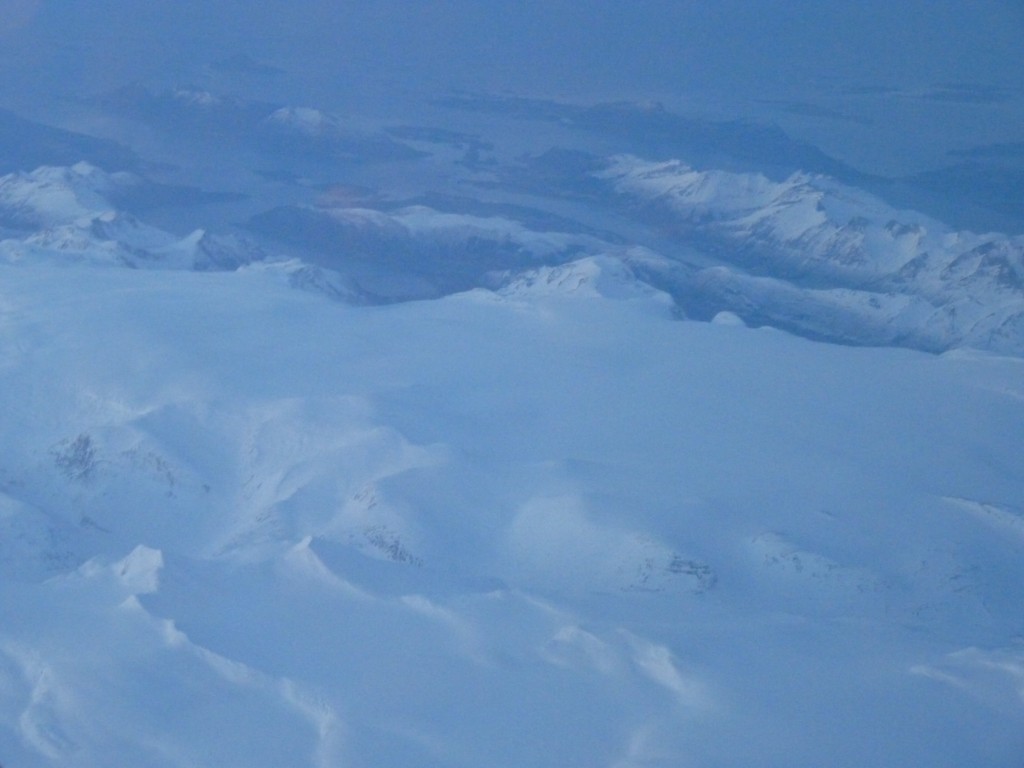

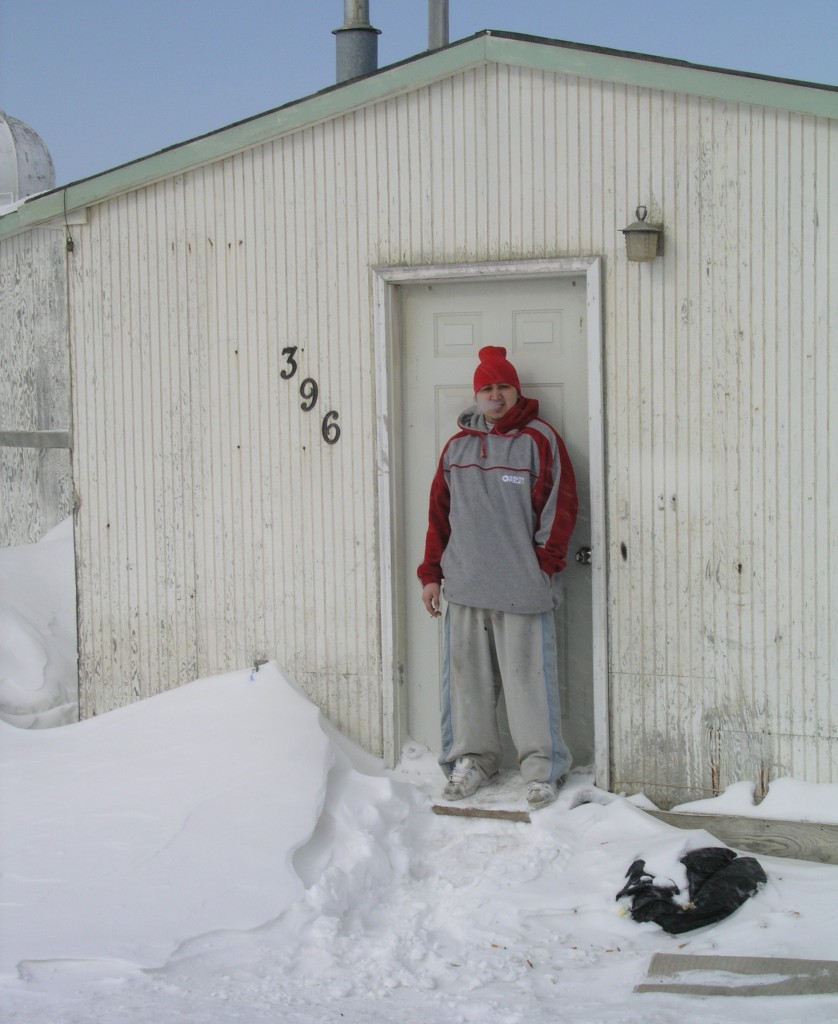

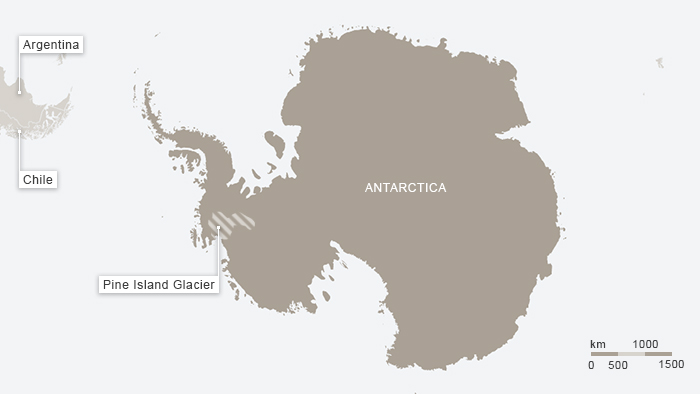
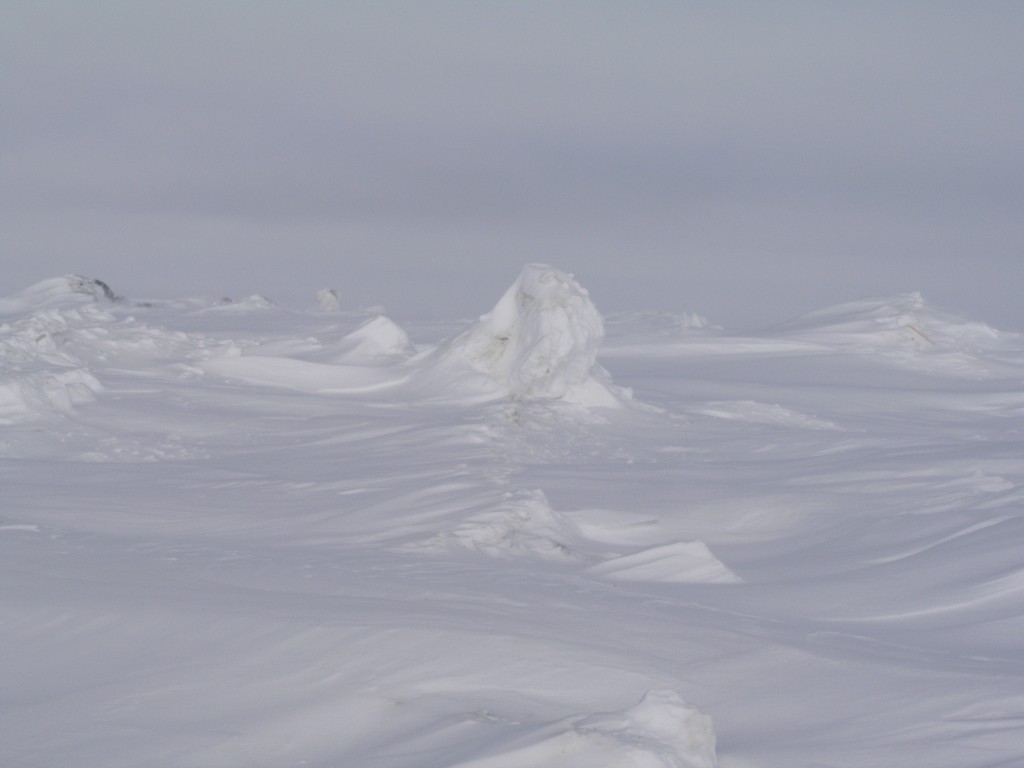
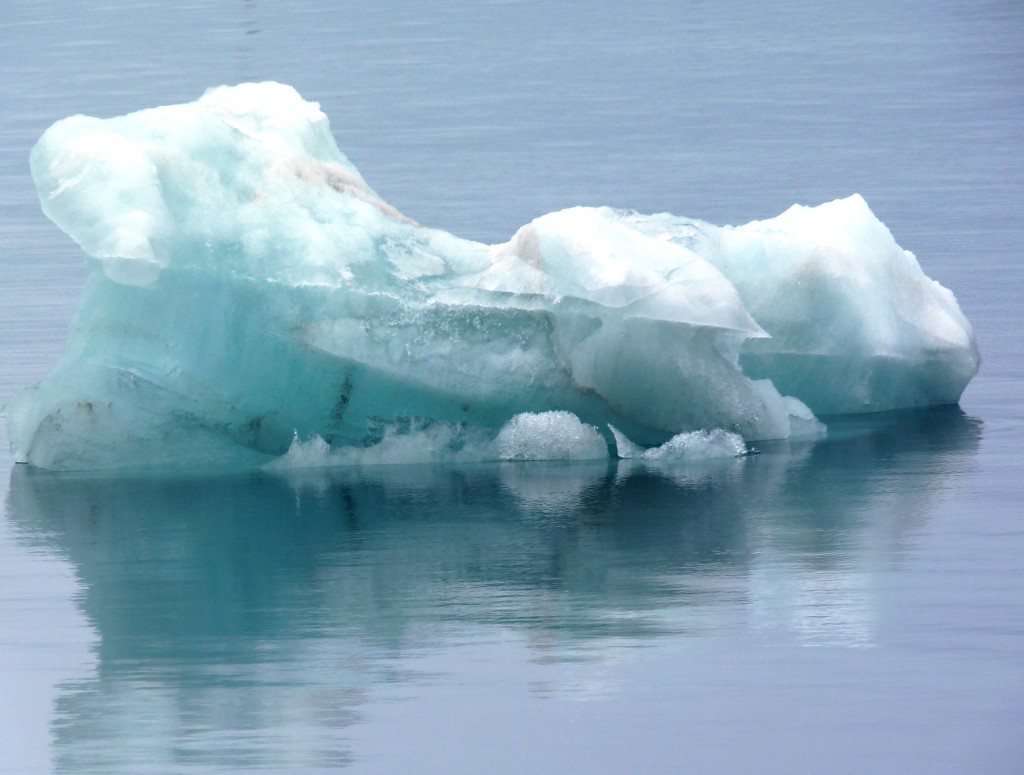
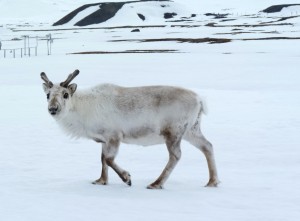
















Feedback